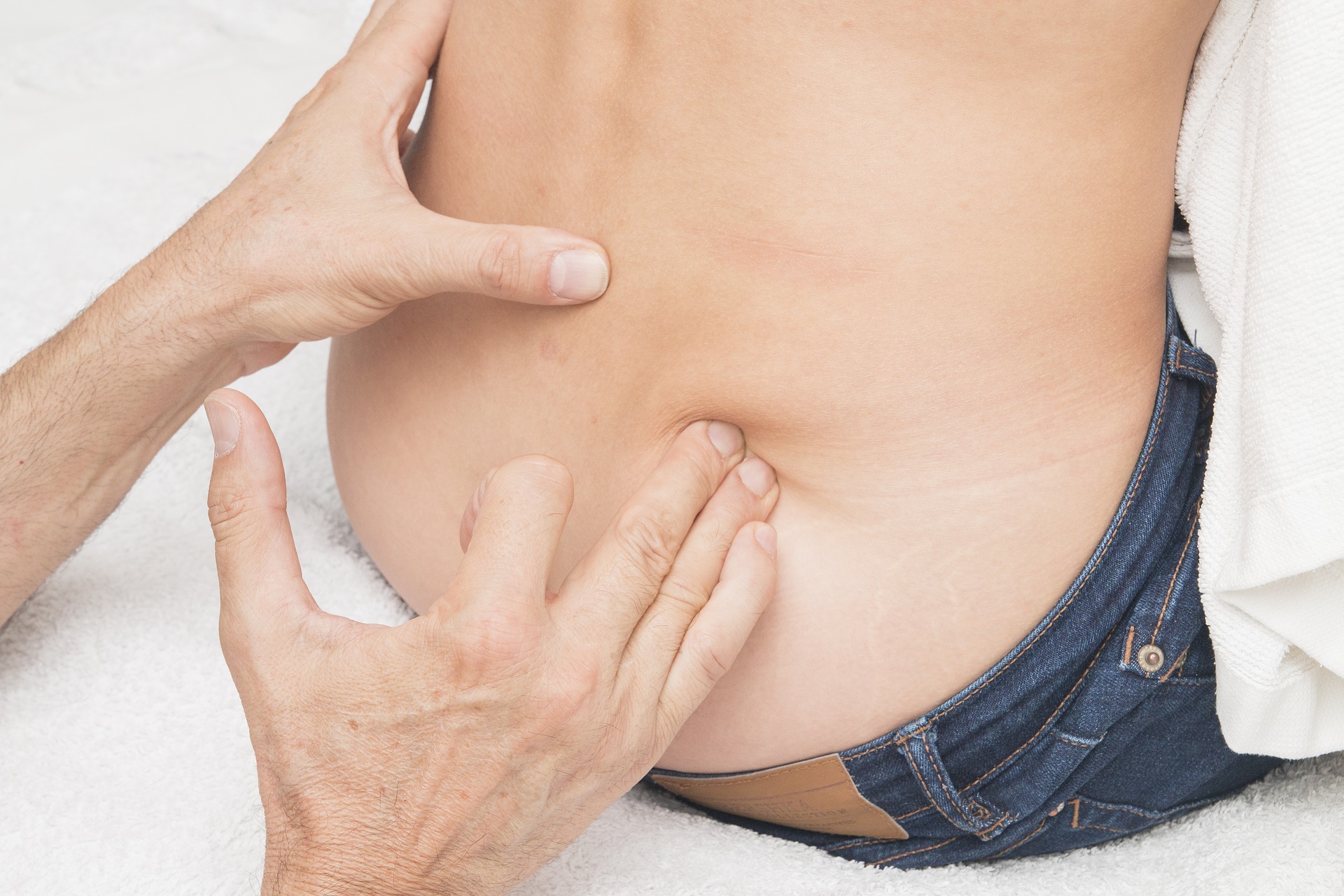The Blog
Side To Side Hip Pain
Posted 3 April 2019 in Injury

What is Lateral Hip Pain?
This can be referred to as trochanteric bursitis, it is now known to be more likely a secondary pathology related to gluteal tendinopathy (tendon irritability), most commonly the glute medius region. Lateral hip pain can also commonly present with lumbar (low back) spine issues and hip osteoarthritis.
Contributing factors to Lateral Hip Pain:
The Gluteus medius tendon is the tough fibres that attach the gluteus medius muscle to the lateral hip bone- nobby part on the outside (greater trochanter). This area can develop micro tears due to repeated trauma. This can be due to poor hip and gluteal (butt) muscle control, resulting in stress to the gluteal tendon. A tight iliotibial band (ITB) can also contribute, the ITB has a connection with the gluteus maximus, tensor fascia latae (TFL) and the lateral quadriceps (front thigh) muscles. It may also be due to age related changes, certain repetitive activities required by some jobs and even hormonal changes can play a role.
Lateral hip pain is more common in females as the shape of the female pelvis and angle of the thigh bone further increase compressive forces on the outside of the hip. Usually tendons are able to heal after an injury, but with repeated trauma and overload, they can become degenerative, resulting in ongoing pain.
Presentation of Lateral Hip Pain.
You may report significant pain over the lateral hip with reduced ability to walk longer distances and may provoke a limp. Pain when walking up hills or stairs, lifting the leg out to the side, when lying on the affected side, moving the affected leg over the body; all which is located over the lateral thigh (greater trochanter).
Positions to avoid:
Hanging off one hip in standing, sleeping on side without pillow between legs, sitting with legs crossed, moving the knees closer together with a squat or lunge.
Physiotherapy treatment can include icing, ultrasound to reduce swelling, taping, muscle release, progressive single leg strengthening as well as postural and movement correction to reduce the likelihood of symptoms returning.


